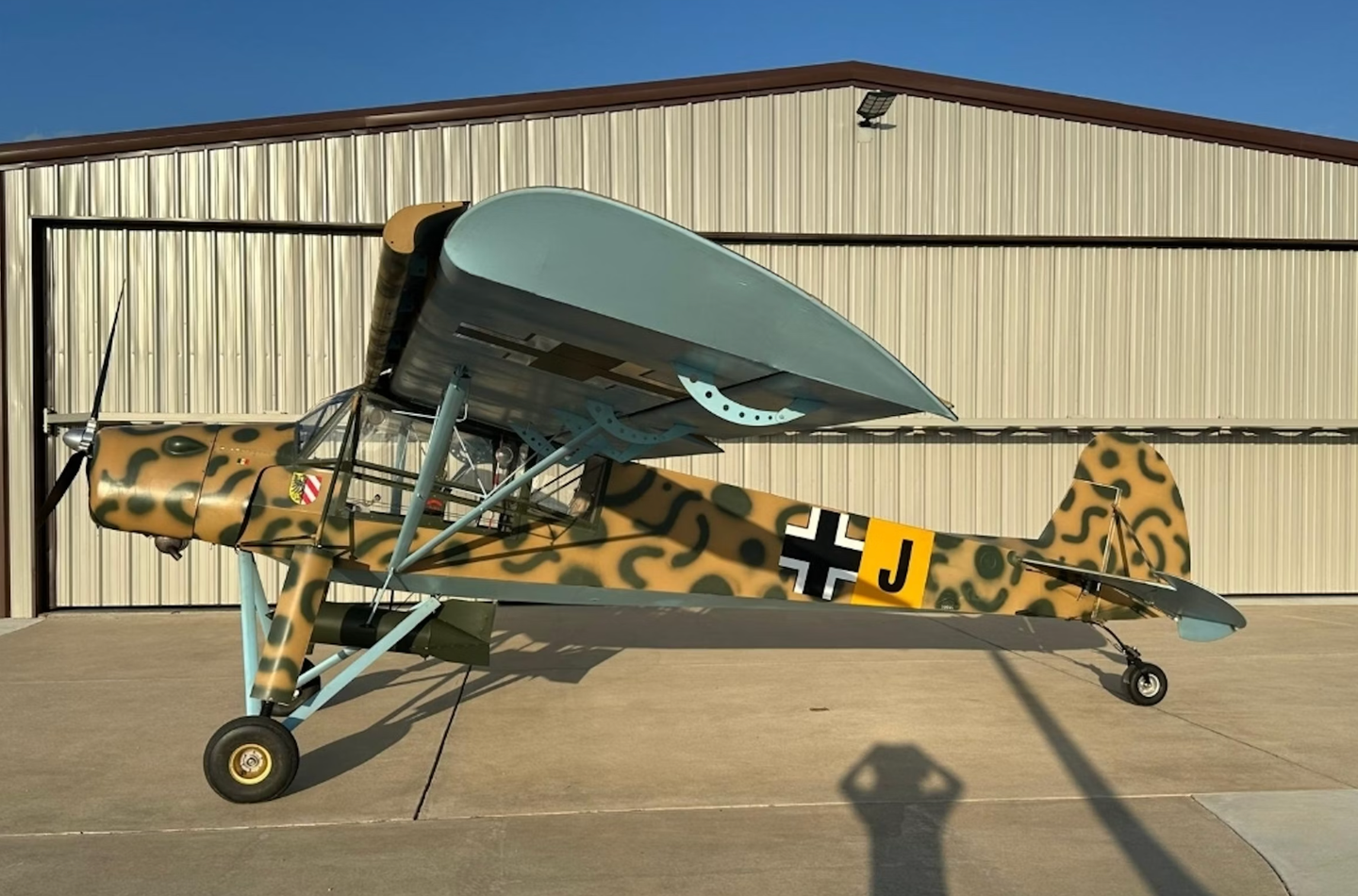The 172″¦Trainer?
Cessna ended production of its single-engine airplanes, all of them, in the mid-1980s and restarted it about a decade later. When it did, it reintroduced only a handful of its…

This gorgeous 1957 172 is owned by Glenn Chiappe. Photo by Jack Fleetwood
Cessna ended production of its single-engine airplanes, all of them, in the mid-1980s and restarted it about a decade later. When it did, it reintroduced only a handful of its former models; the 172 and 182 made the cut, but the 152 did not. So, the lowest-cost Cessna became the 172. It also became the de facto training leader.
No one thought it was a perfect solution. In fact, in 2006 Cessna announced a lower-cost two-seat LSA trainer, the Cessna 162 Skycatcher, a two-seat light sport plane that it hoped would fill what was then a growing need for an economical trainer. That need was generated in large part by the cancellation of the company's 152 (nee 150) 20 years earlier. A new two-seat training plane was, and is, a great idea, because flight schools need a plane that's a lot cheaper to buy, fly and maintain than a conventional four-seat Part 23 trainer.
Of course, for a few decades, the 150/152 was that plane, but as time passed and production costs rose, it became too expensive for Cessna to make a profit at it. At least that was its calculus when it decided not to reintroduce the plane when it restarted production of the 172 (and 182 and 206) in 1997.
But the Skycatcher Light Sport was a rare failure for Cessna, and it was a spectacular one, too, a plane that didn't fly as well as hoped, was years behind schedule, cost $50,000 more than its original target price of $99,000, went through major design changes, including a mid-program engine swap, and was subject to an expensive airworthiness directive to beef up the structure of the plane's wing (a repair that Cessna paid for).
So when, in 2013, then-new Cessna CEO Scott Ernest pulled the plug on the Skycatcher, it was no surprise. Also, the 172 became once again Cessna's de facto training platform.
The company hasn't announced any interest in a two-seater since. It doesn't really need such a model; one could argue, however, that it didn't need it in 2006, either. There was and is little competition among traditional aircraft makers for the sales of training aircraft of any description. Piper, Cessna's biggest competitor, explored an LSA option too, but, like Cessna, abandoned it, though before it hadn't yet made much progress or spent much money on it. Like Cessna, Piper defaulted to its PA-28 four-seat Archer, which is a near-twin of the 172 in terms of performance, operating costs and market appeal.
The other bookend, the higher-priced, higher-performance Cessna, is the 182 Skylane, which, as mentioned, Cessna reintroduced in 1997 and is a steady if unspectacular seller at a base price of $565,000 for the turbocharged single. (Cessna isn't offering a naturally aspirated 182 at present.) The Skylane is a lot more airplane than the Skyhawk in every way, and, with its price around $150,000 steeper than the 172's, there's clearly no room for a faster, more powerful Skyhawk; Cessna already has such a plane.

Subscribe to Our Newsletter
Get the latest Plane & Pilot Magazine stories delivered directly to your inbox






